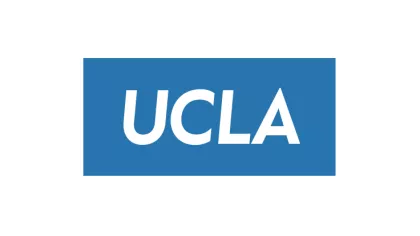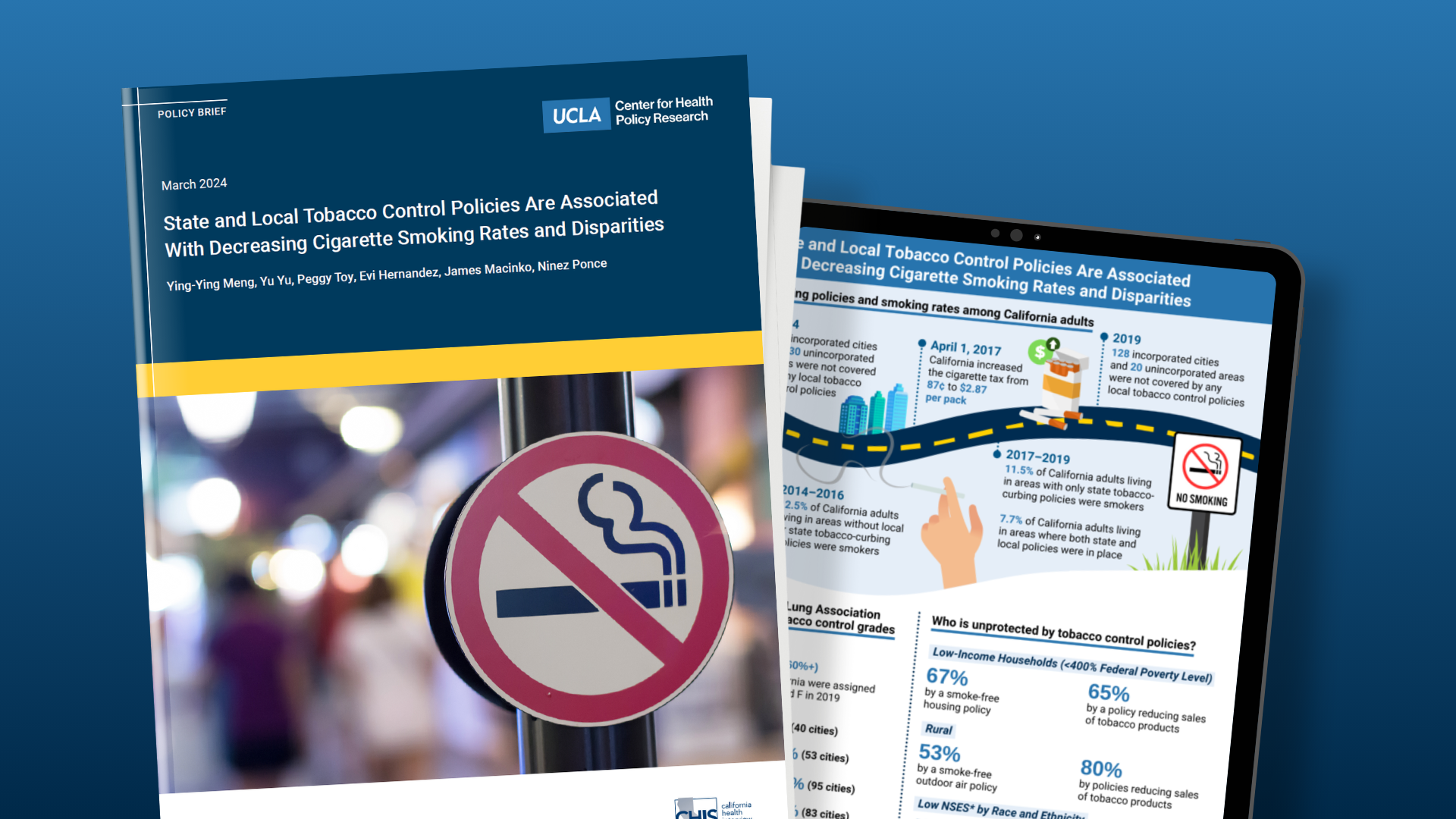
Journal Article
Local tobacco control policy intensity and cigarette smoking behaviours in California
Most tobacco control research in the United States has focused on federal- and state-level policies. However, tobacco control policies vary substantially within states. In this study, authors aimed to examine the impact of local tobacco control policy intensity on smoking behavior in California from 2014 to 2019.
Authors linked data from the 2014 to 2019 California Health Interview Surveys (CHIS) with local-level tobacco control policy scores. Logistic regression models were used to assess the association between local policy intensity and cigarette smoking.
Findings: Adoption of local tobacco control policies was associated with:
- 2.1 percentage point (pp) reduction in overall smoking prevalence
- 2.3 pp reduction among individuals living in multiunit housing or neighborhoods with low socioeconomic status, and
- 3.5 pp reduction among African American populations.
Longer durations of policy implementation and stricter measures were associated with greater reductions in smoking, particularly among individuals living in low socioeconomic status neighborhoods and multiunit housing than among their counterparts.
Local tobacco control policies are associated with lower smoking rates, especially among disadvantaged populations. Strengthening and expanding these policies may be an effective strategy to further reduce tobacco-related disparities.






